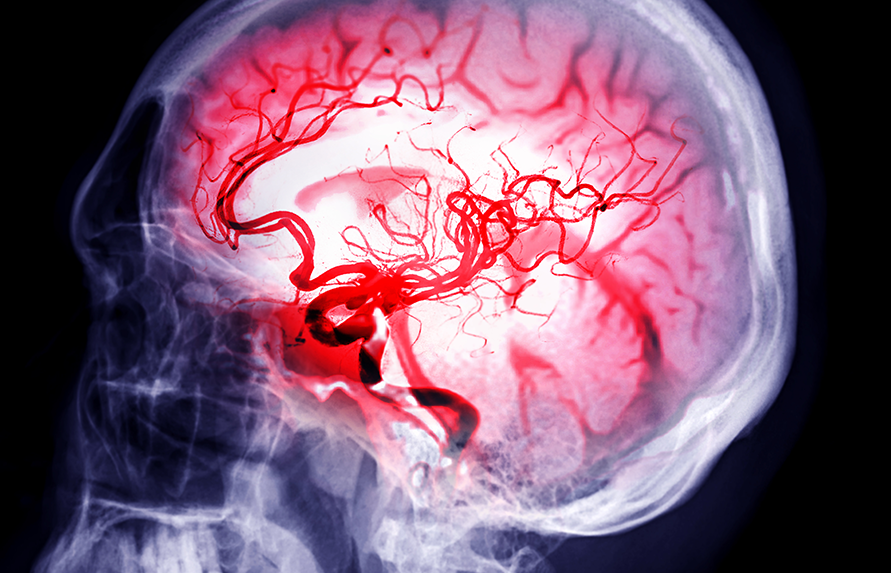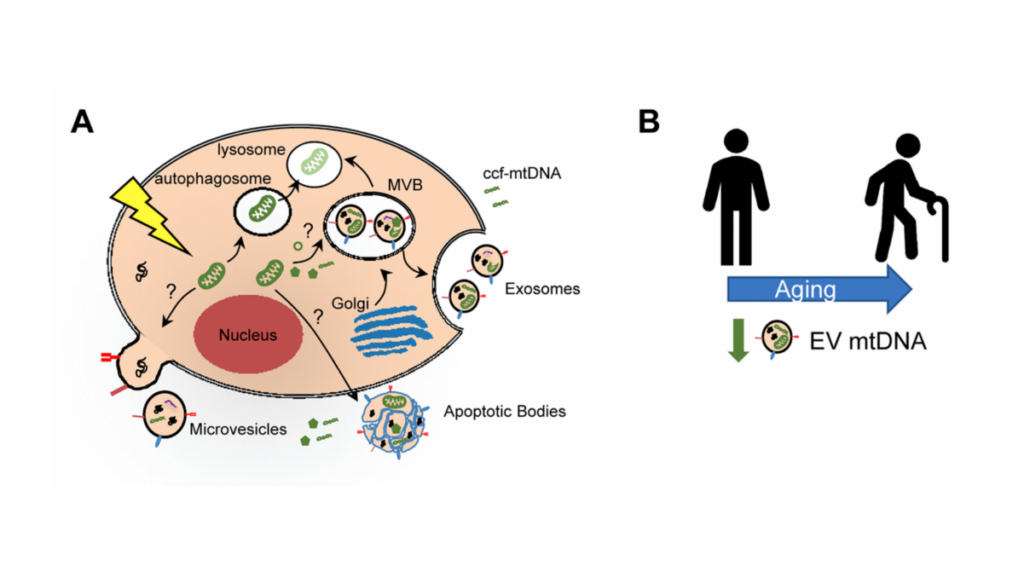In a new editorial, researchers from Baylor College of Medicine artfully discuss the immune system’s role in dry eye disease.
—
The lacrimal gland, found in the upper outer part of the eye’s hollow area, is an important gland that makes tears to protect the eye from infections. It’s split into two parts: one near the inside of the eyelid that can be seen when the eyelid is flipped, and another part with ducts lower in the eye that connects to its counterpart. In their fully functioning status, these ducts release fluid onto the surface of the eye. As humans age (especially women), the lacrimal gland gradually becomes infiltrated by aberrant immune cells and can ultimately lead to an uncomfortable condition known as dry eye disease.
“Burning and redness in the eyes, grittiness and blurry vision make life miserable and currently, eye drops with a variety of lubricant components and in the most severe cases, immunosuppressors, are the only therapies approved for this disease.”
In a well-written new editorial paper, researchers Claudia M. Trujillo-Vargas and Cintia S. de Paiva from the Department of Ophthalmology at Baylor College of Medicine artfully discuss their recent studies which shed light on the immune system’s role in dry eye disease. On August 11, 2023, their editorial was published in Aging’s Volume 15, Issue 15, entitled, “Our search of immune invaders in the aged lacrimal gland.”
Editorial Summary
The authors write that their research group has been dedicated to investigating the changes that occur in the lacrimal gland due to aging and focus on immunopathological alterations. Due to limited human samples, their studies have centered on understanding the infiltration of lymphocytes, specifically B and T cells, in aged mice’s lacrimal glands. This infiltration has been linked to increased dysfunction of the ocular surface.
“In the search of mechanisms that can counteract the effects of the overwhelming immune infiltration, we started characterizing one of the main players of immune tolerance, the thymic-derived T regulatory cells (Tregs).”
The researchers and their team have a particular interest in thymic-derived T regulatory cells (Tregs), which play a key role in immune tolerance. Paradoxically, in the aged glands, these Tregs, while exhibiting markers for their suppressive function, display heightened differentiation, infiltrate the tissue, produce inflammatory cytokines, and demonstrate impaired suppressive capabilities. When transferred to immunodeficient recipients, these dysfunctional Tregs replicate lacrimal gland pathology.
Aged lacrimal glands contain highly differentiated CD4+ T cells of the Th1 and Th17 phenotypes, which exhibit exhaustion and immunopathological features. This environment hampers Tregs’ ability to suppress immune responses. There’s also an increase in naïve CD4+ T cells and IgD+ B cells, suggesting a unique environment for the recruitment of inexperienced immune cells in the gland.
Ectopic lymphoid structures, resembling those found in aged tissues, are observed in the lacrimal gland, potentially contributing to immune dysregulation. Despite the concept of immune cells being unwelcome invaders, the lacrimal gland relies on immune cell influx for surveillance purposes, as it is highly vascularized. Nonetheless, with age, immune cell infiltration intensifies, accompanied by fibrosis, duct issues and gland atrophy. Interestingly, antigen-presenting cells diminish, adding to the peculiar immune environment.
In their running analogy to the movie “Men in Black,” the researchers explain that they are seeking effective therapies, akin to the “noisy crickets,” to combat this pathological immune infiltration. They’re investigating differentially expressed genes in the aged gland, focusing on Tregs expressing Il1r2, CD81 and Tbx21, and B cells showing increased CD79a/b expression. The researchers are also exploring the gut microbiota’s role in ocular barrier disruption and dry eye disease in mice. This could lead to more cost-effective microbial treatments for dry eye disease in humans. However, the effectiveness of these therapies in impeding lymphocyte infiltration in aged lacrimal glands remains uncertain.
Conclusions & Future Directions
In conclusion, their editorial provides valuable insights into the role of the lacrimal gland in the immune system and how it could be used to develop new treatments for dry eyes and other age-related eye diseases. The authors’ research has shown that aged lacrimal glands are infiltrated not only by highly differentiated B but also T cells. This landscape is associated with increased ocular surface dysfunction. The authors suggest that this information could be used to develop new therapies for age-related eye diseases.
Considering the rising pollution and screen dependence in the past decade, the researchers predict an increase in severely damaged lacrimal glands in the elderly. This environment could foster the development of ectopic lymphoid structures, potentially leading to a higher prevalence of dry eye disease. As such, interventions will be required to mitigate the immune damage to the lacrimal gland. Ultimately, protecting the lacrimal glands from the consequences of immune dysregulation is a critical goal.
“Unquestionably, more than ‘fancy sunglasses’ would be needed to hinder the ‘carbonizing’ immune damage in the gland. Thus, Yes! We certainly need to protect our lacrimal glands from the scum of our own immune universe!”
Click here to read the full editorial published in Aging.
—
Aging is an open-access, traditional, peer-reviewed journal that has published high-impact papers in all fields of aging research since 2009. All papers are available to readers (at no cost and free of subscription barriers) in bi-monthly issues at Aging-US.com.
Click here to subscribe to Aging publication updates.
For media inquiries, please contact [email protected].


